Skin Manifestation Of Liver Disease
Skin manifestation of liver disease. Patients with chronic liver disease can have a wide spectrum of cutaneous manifestations the most important being xerosis nail changes pigmentary changes hair changes jaundice infections pruritus and spider angioma. However the association with cutaneous diseases is less well described. Poikiloderma thinning of the skin with areas of increased and loss of skin pigment chronic GVHD.
Liver disease must be suspected in the infant who appears only mildly jaundiced but has dark urine or acholic light-colored stools. The skin-restricted features of verruga peruana and the pre-dominant skin manifestations in BA together with the immuno-logical impaired status found in both diseases make it attractive to suggest a common pathobiological pathway. Any organ in the body can be affected by acute or chronic GVHD eg liver lung joints.
SKIN CHANGES THAT MAY REPRESENT LIVER DISEASE Pruritus Pruritus is the commonest and at times the most distress-ing symptom of hepatobiliary diseases. Many cutaneous signs and symptoms that correlate with chronic liver disease are common physical examination findings in patients with no history of liver disease. Both acute and chronic liver disease can manifest on the skin.
Given the visibility of cutaneous findings skin manifestations are often a presenting symptom of underlying systemic disease including chronic liver disease. Palmar erythema paper-money skin Figure 3 ro-. Immediate evaluation to establish the cause is required.
Jaundice spider nevi leuconychia and finger clubbing are well known features Figures 1 a b and Figure 2. Hyaluronic acid and chondroitin sulfate in the skin Skin is non-pitting with a firm waxy appearance Characteristic facies. DermatologistsGastroenterologist should be aware of the dermatological manifestations as these change may be the first clue that a patient has underlying gastrointestinal GI or liver disease.
General skin findings in liver disease. Jaundice spider nevi leuconychia and fin-ger clubbing are well known features Figures 1 a b and 2. It can be transient and mild or persistent and severe.
Erythema of palms soles and ears. The skin manifestation of systemic diseases skin is an organ where internal disorders are manifested.
Patients with chronic liver disease can have a wide spectrum of cutaneous manifestations the most important being xerosis nail changes pigmentary changes hair changes jaundice infections pruritus and spider angioma.
Any organ in the body can be affected by acute or chronic GVHD eg liver lung joints. The skin manifestation of systemic diseases skin is an organ where internal disorders are manifested. Skin manifestations of hyperlipidaemia include flat yellow deposits around the eye xanthelasmata. The appearances can range from the very subtle such as early finger clubbing to the more obvious such as jaundice. Palmar erythema paper-money skin Figure 3 ro-. Poikiloderma thinning of the skin with areas of increased and loss of skin pigment chronic GVHD. It can be transient and mild or persistent and severe. Autoimmune liver diseases which include mainly autoimmune hepatitis primary biliary cholangitis primary sclerosing cholangitis and the variant syndromes are often associated with extrahepatic autoimmune diseases. DermatologistsGastroenterologist should be aware of the dermatological manifestations as these change may be the first clue that a patient has underlying gastrointestinal GI or liver disease.
Many cutaneous signs and symptoms that correlate with chronic liver disease are common physical examination findings in patients with no history of liver disease. General skin findings in liver disease Chronic liver disease of any origin can cause typical skin findings. A liver disease rash could indicate a further health problem. The skin manifestation of systemic diseases skin is an organ where internal disorders are manifested. Elsewhere on the body they present as yellowish papules or nodules called xanthomata. An example of where this effects your liver would be jaundice where the skin and the whites of the eyes become yellow. Measurement of the total serum bilirubin concentration allows quantitation of jaundice.
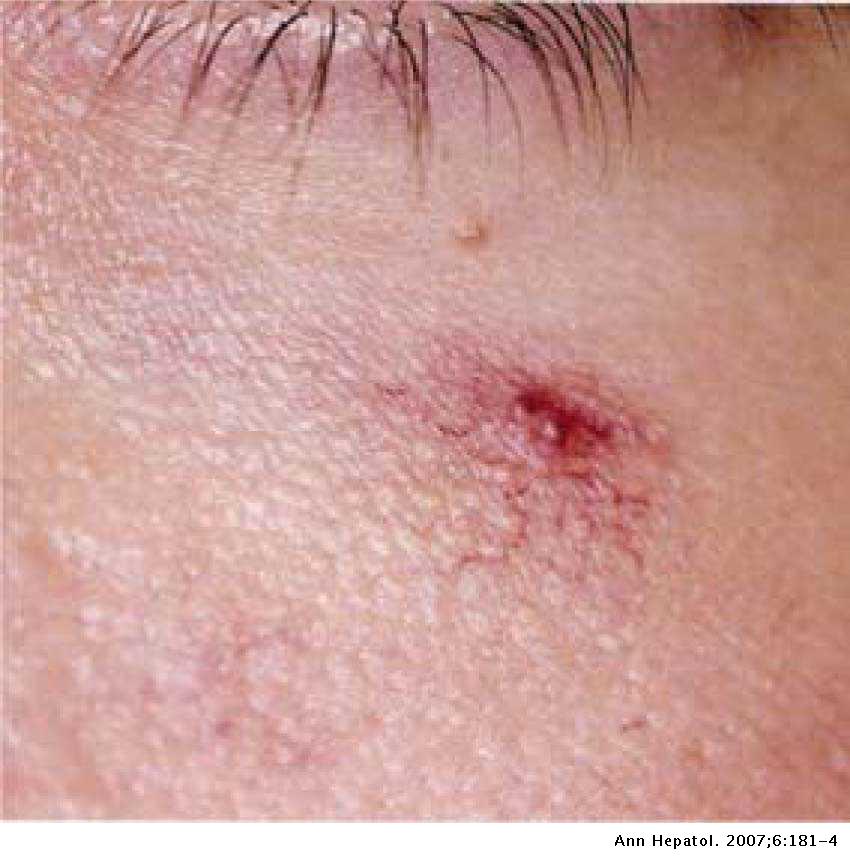






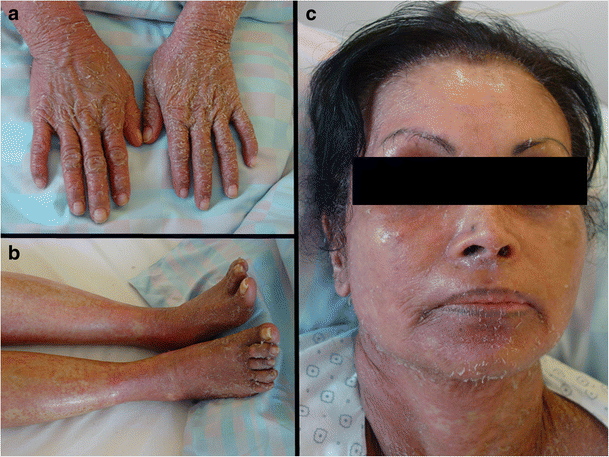
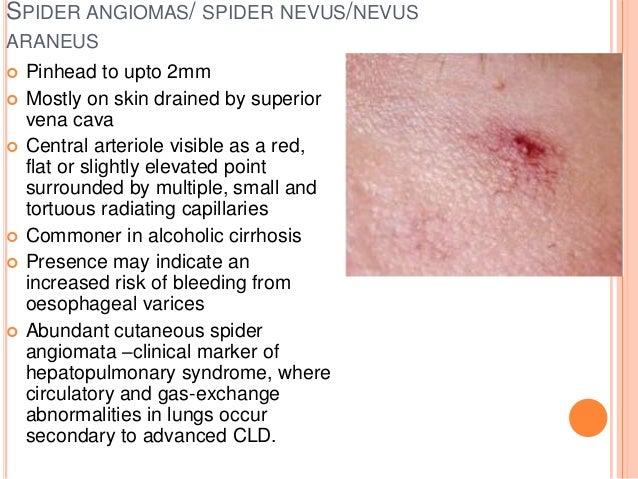
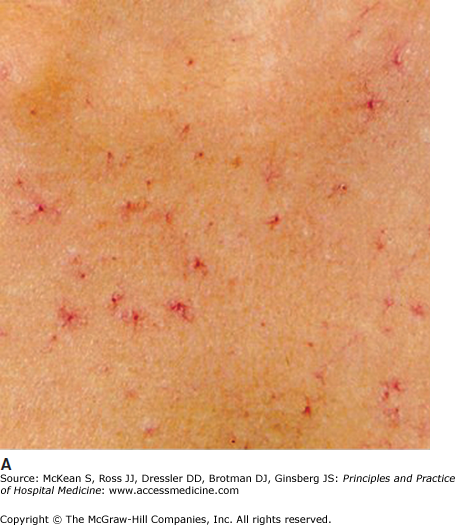

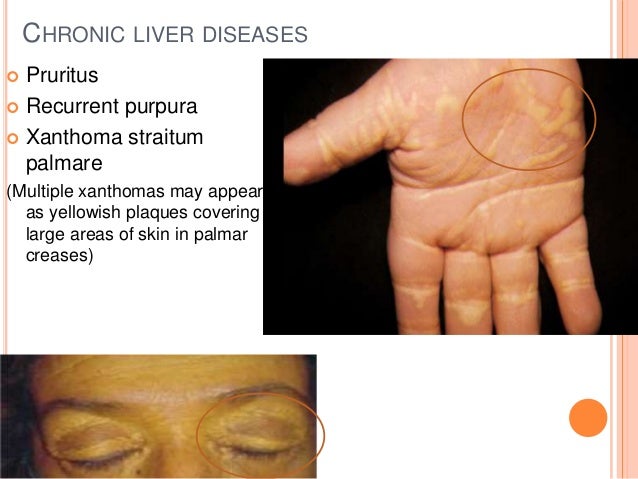







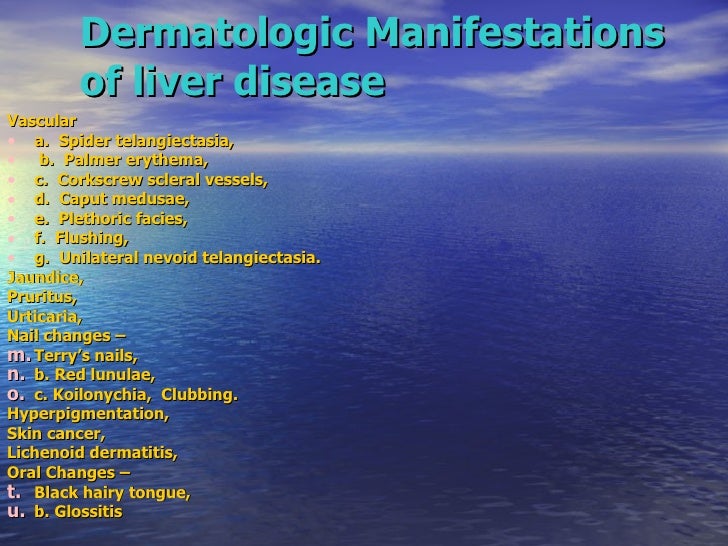


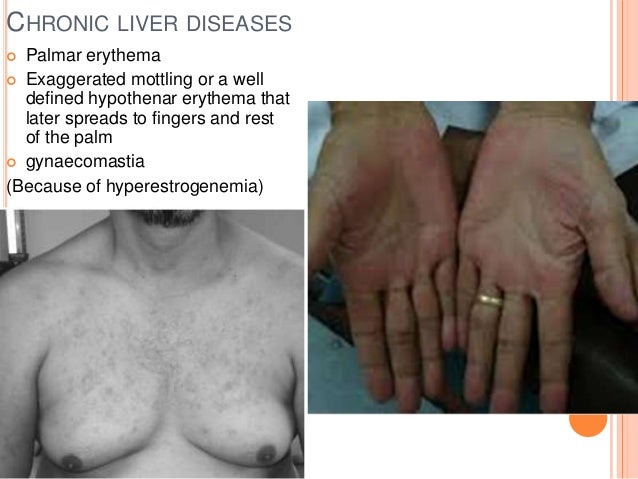







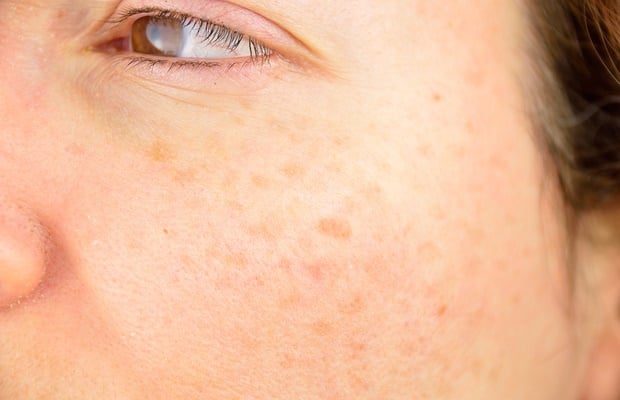




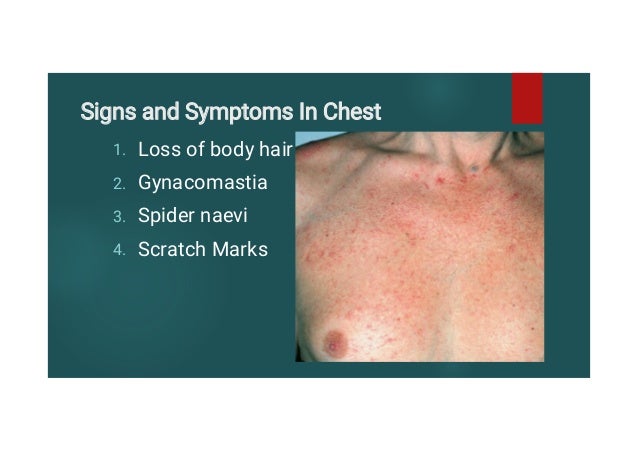



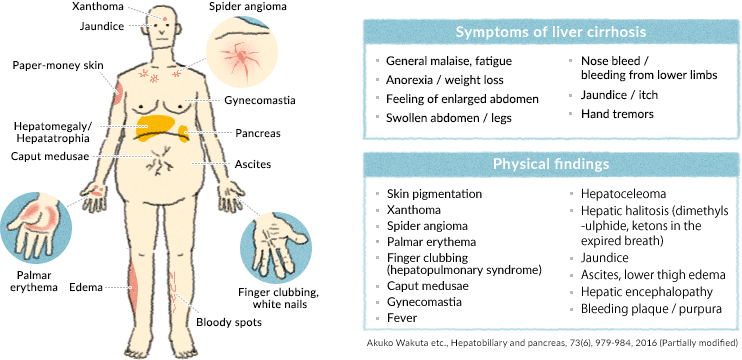
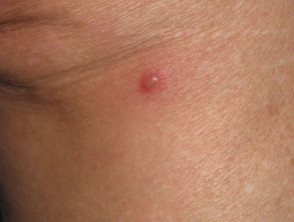
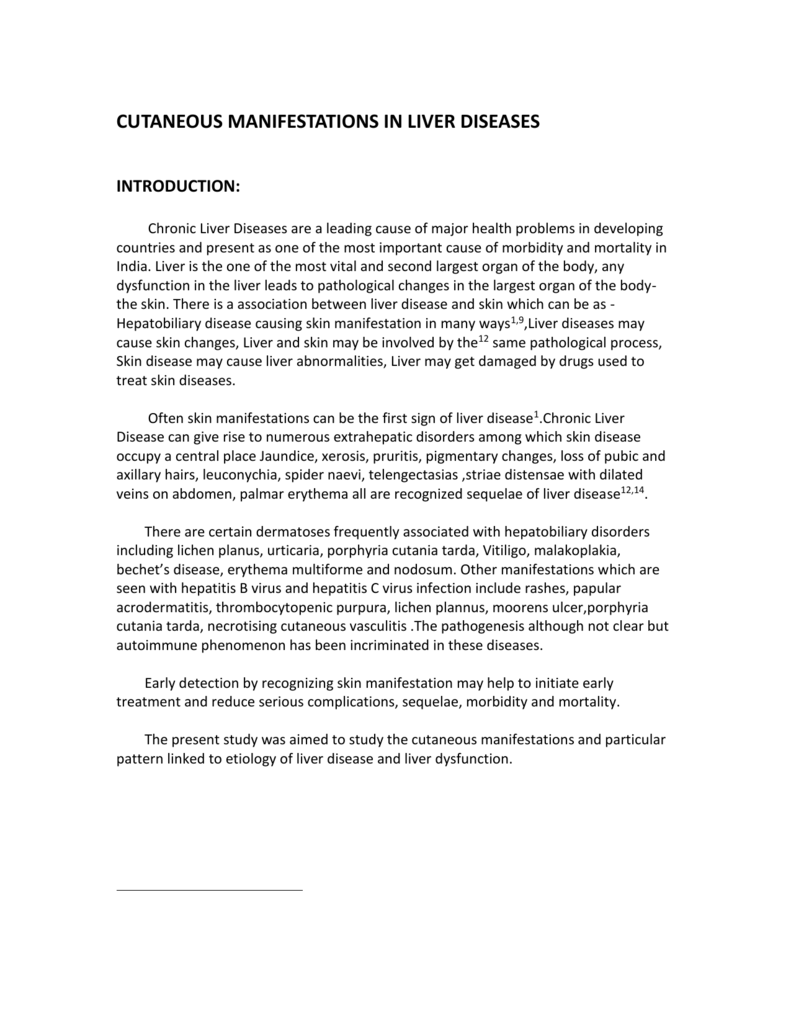

Post a Comment for "Skin Manifestation Of Liver Disease"